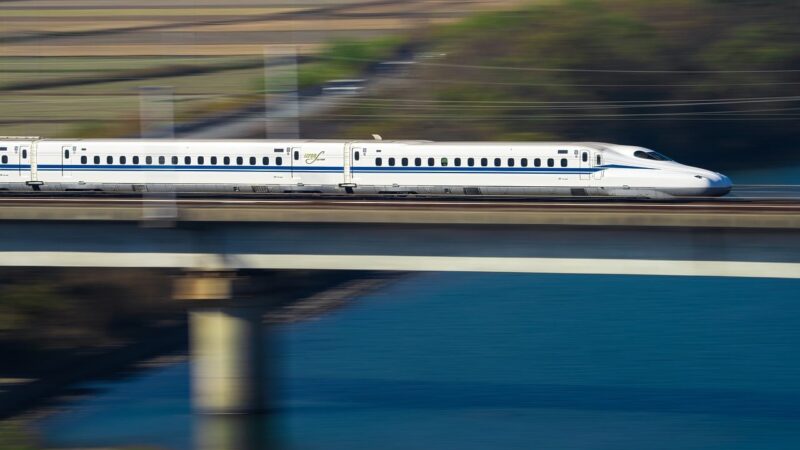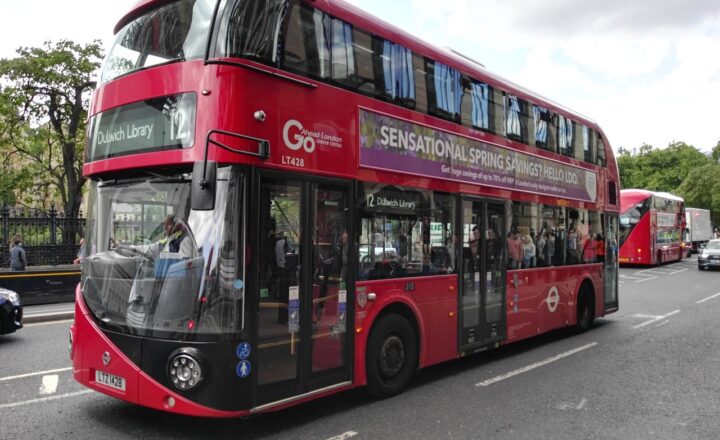Why Trains Are Faster Than Ever and the Technology Behind High-Speed Rail
November 11, 2024

The era of high-speed rail has transformed the way we think about train travel. Once considered a slow and cumbersome mode of transport, trains have evolved into sleek, efficient vehicles capable of reaching astonishing speeds of over 300 kilometers per hour (186 mph). This article will delve into the fascinating technology behind high-speed rail systems and explore why trains are faster than ever before.
1. A Brief History of Train Speed
Train travel dates back to the early 19th century with the advent of steam locomotives. The speed of trains has steadily increased since then, fueled by technological advancements and growing demand for faster transportation.
– Early Steam Trains: The first steam locomotive, built by George Stephenson in 1814, reached speeds of about 20 kilometers per hour (12 mph).
– Electric Trains: The introduction of electric trains in the early 20th century allowed for higher speeds, with the first electric train achieving speeds of around 80 km/h (50 mph).
– High-Speed Rail Initiatives: The 1960s saw the birth of high-speed rail with Japan’s Shinkansen, capable of speeds exceeding 200 km/h (124 mph). Subsequent innovations across the globe built upon this success.
Today, technological improvements have made it possible to achieve remarkable speeds and efficiencies in rail travel.
2. The Science of High-Speed Rail
High-speed rail relies on several key principles of science and engineering to achieve high speeds:
– Aerodynamics: Modern high-speed trains feature streamlined designs, reducing air resistance. The smoother the shape of the train, the less drag it experiences, allowing it to travel faster.
– Track Design: High-speed rail systems utilize specially designed tracks that are straighter and banked at sharper angles compared to conventional tracks. This minimizes curves and allows trains to maintain speed safely.
– Train Control Systems: Advanced signaling and train control systems enable trains to operate safely at high speeds. These systems monitor train locations and speeds, ensuring safe distances between trains and protecting against collisions.
– Lightweight Materials: The use of lightweight materials, such as aluminum and advanced composites, reduces overall train weight, enhancing speed and energy efficiency without compromising structural integrity.
Understanding the basic principles of speed allows engineers to optimize train performance and create faster, more efficient rail systems.
3. Key Technologies Innovating High-Speed Rail
Several innovative technologies have shaped the current landscape of high-speed rail, allowing for faster and more reliable services:
– Maglev Technology: Magnetic levitation (maglev) trains are the pinnacle of high-speed rail technology. These trains use powerful magnets to lift them off the tracks, significantly reducing friction and allowing speeds exceeding 600 km/h (373 mph).
– Advanced Propulsion Systems: High-speed trains employ state-of-the-art propulsion systems that provide acceleration while maintaining energy efficiency. Hybrid propulsion systems combine electric and diesel power, maximizing operational efficiency.
– Energy Recovery Systems: Many modern high-speed trains are equipped with energy recovery systems that harness kinetic energy during braking, converting it into electricity for re-use, further enhancing the train’s sustainability.
– Noise Reduction Technologies: As speed increases, so do noise levels. Innovative designs, such as sound-absorbing materials and specially shaped train noses, minimize high-frequency and vibration noises, improving the passenger experience.
These advancements in technology not only increase train speed but also enhance safety, efficiency, and passenger comfort.
4. Global High-Speed Rail Networks
The success of high-speed rail has led to the establishment of extensive networks across the globe:
– Japan: The Shinkansen network remains a model for high-speed rail worldwide, connecting major cities and operating with punctuality exceeding 99%. The latest versions, such as the N700 series, can travel up to 300 km/h (186 mph).
– France: The TGV (Train à Grande Vitesse) is famous for its speed and efficiency, boasting routes that connect Paris with other major cities while achieving speeds of up to 320 km/h (199 mph).
– China: China has aggressively developed its high-speed rail network, now the largest in the world. Trains like the CR400AF can reach speeds of 350 km/h (217 mph), transforming domestic travel.
– Spain and Germany: Both countries have created their own networks of high-speed rail, aiming to reduce travel times and encourage public transport usage. Spain’s AVE and Germany’s ICE have shown success and continue to expand.
The proliferation of high-speed rail illustrates its importance as a viable and efficient mode of transportation for the future.
5. The Future of High-Speed Rail
As technology continues to evolve, the future of high-speed rail looks promising. Expected developments include:
– Hyperloop Technology: Companies like Virgin and Elon Musk’s The Boring Company are exploring hyperloop systems, which aim to transport passengers in low-pressure tubes at speeds exceeding 1,200 km/h (745 mph). While still in the experimental phase, it highlights the ambition to revolutionize rail travel.
– Extension of Existing Networks: Many nations are expanding their existing high-speed rail networks, connecting more cities while also developing lines that can accommodate faster trains.
– Sustainability Measures: As eco-conscious travel gain momentum, high-speed rail will adopt greener technologies, reducing energy consumption and carbon emissions.
High-speed rail is on an unstoppable trajectory towards redefining travel, promising speed, efficiency, and sustainability.
Conclusion
High-speed rail has evolved into a key transportation solution, enabling faster travel than ever before. Through advancements in technology, design, and engineering, trains now offer an efficient alternative to automobiles and airplanes, decreasing travel times, easing congestion, and minimizing environmental impact. As nations strive for enhanced connectivity and sustainability, high-speed rail is set to play an even greater role in shaping the future of travel.
If you’re curious about the world of high-speed trains, consider planning your next travel adventure on one of these remarkable innovations in transportation.





